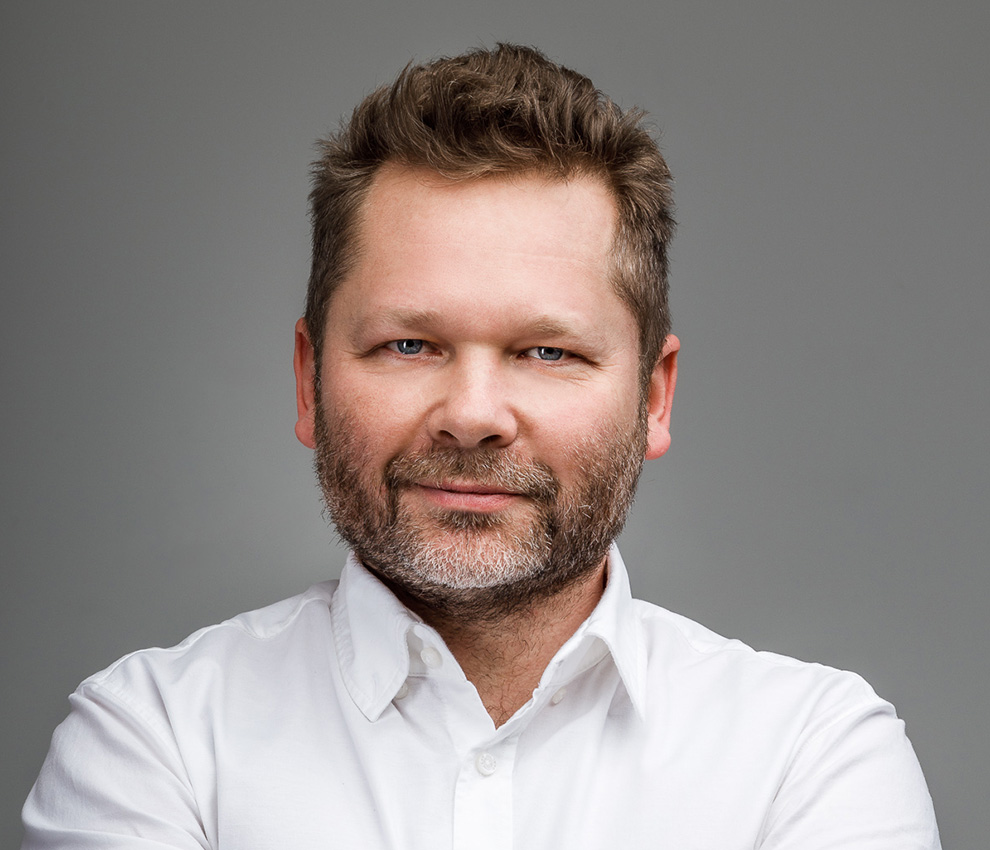
Assistant Professor of Biomedical Engineering at IBIB PAN, PL – Clinical Research Specialist / Engineer of biocybernetics and biomedical engineering.
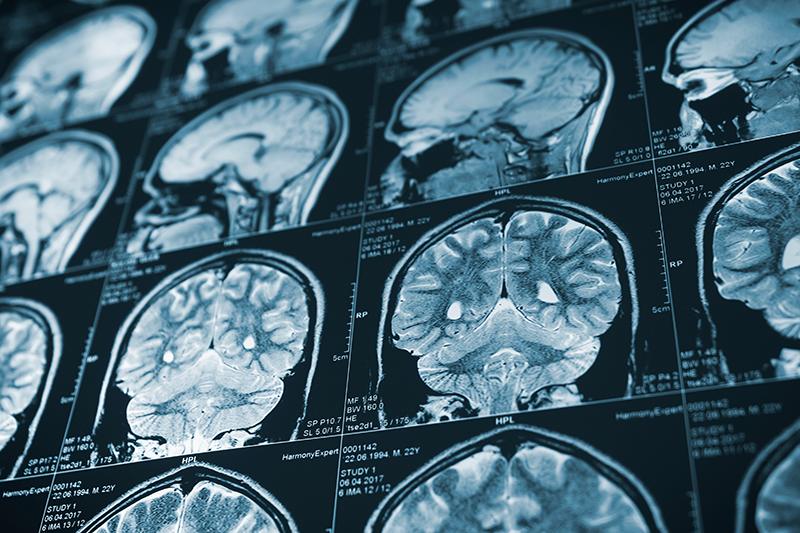
State-of-the-art high density optical tomography for brain oxygenation imaging’ is to develop the instruments for non-invasive monitoring of brain oxygenation. The instrument will be designed to be used in clinics e.g. operating theatres, intensive care units, Stroke units, as well as in psychiatric wards, psychology departments and research applications.

Within the BrainOptics project, we are developing the state-of-the-art non-invasive instruments to measure oxygen concentration in brain cortex or muscle tissues. We own the technology of the first truly quantitative NIRS (near infrared spectroscopy) system. It will make a contender for conventional techniques, such as functional magnetic resonance imaging (fMRI).

The BrainOptics project will provide the instrument for medical use (medical grade) but also fully scalable instrument up to whole head, brain cortex oxygenation tomography in absolute units. In the next development leap, we will move the technology to a PIC (Photonic Integrated Circuit). It will open a whole new range of potential applications and markets as we push out technology into a smart-watches integration level. Medical Grade possible.
Laser light is modulated at VHF range (hundreds megahertz) and delivered onto a head surface with e.g. optical fibers. A light detection spot is located on the head surface several centimeters apart from the source. Detection modules registers light attenuation, but more importantly phase shift (the VHF sinusoid shift as related to the source). The phase shift relates directly to the time-of-flight of light travelling through the tissue.
Finally, the time-of-flight gives information on brain tissue oxygenation (brain activity). Many source-detector pairs fixed on the head and linked in all possible combinations allow carrying out tomographic reconstructions of brain activity comparable to functional magnetic resonance imaging.
Attenuation based methods does not provide absolute values of cerebral oxygenation. The time-of-flight measurement method does, which is a key to clinical applications. The hardware innovations simplify the overall system architecture and consequently reduces costs as compared to currently available fNIRS systems.
Data analysis software package is designed as the system module. The project team includes authors of the NIRFAST software, developed within the fNIRS scientific community for the last 15 years. The well-established software is now ready to be commercially released and supported. The NIRFAST takes raw measured fNIRS data and recovers spatial distributions of brain activity. Furthermore, it supports a coarse, on-line, 3D brain activity monitoring and tomography. Key, innovative features of the proposed instrument:
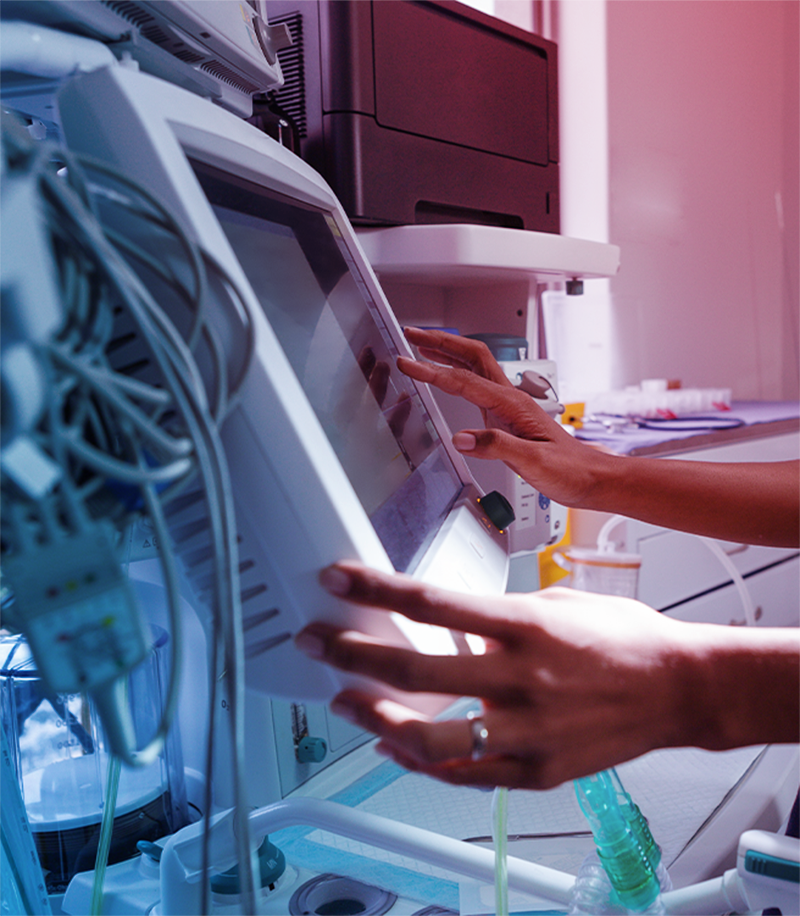
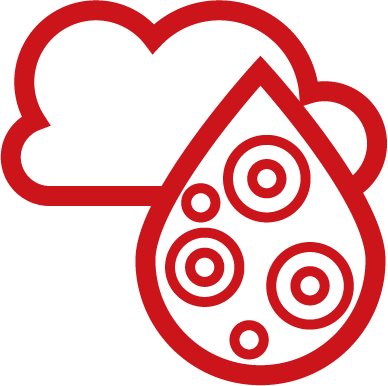
Brain oxygenation expressed in absolute units (moles per liter of tissue) – a key feature in clinical measurements.

5mm3 (1.7×1.7×1.7mm3) spatial resolution

User-friendly NIRS / fNIRS system – operated by doctors, psychologists and non-engineers

Ready-to-use software for data logging, analysis
and visualization in the package
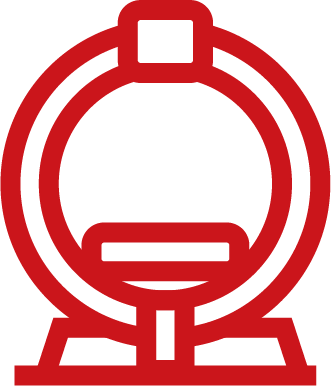
Online Brain Oxygenation Tomographic Reconstruction

Full hardware and software support

Assistant Professor of Biomedical Engineering at IBIB PAN, PL – Clinical Research Specialist / Engineer of biocybernetics and biomedical engineering.
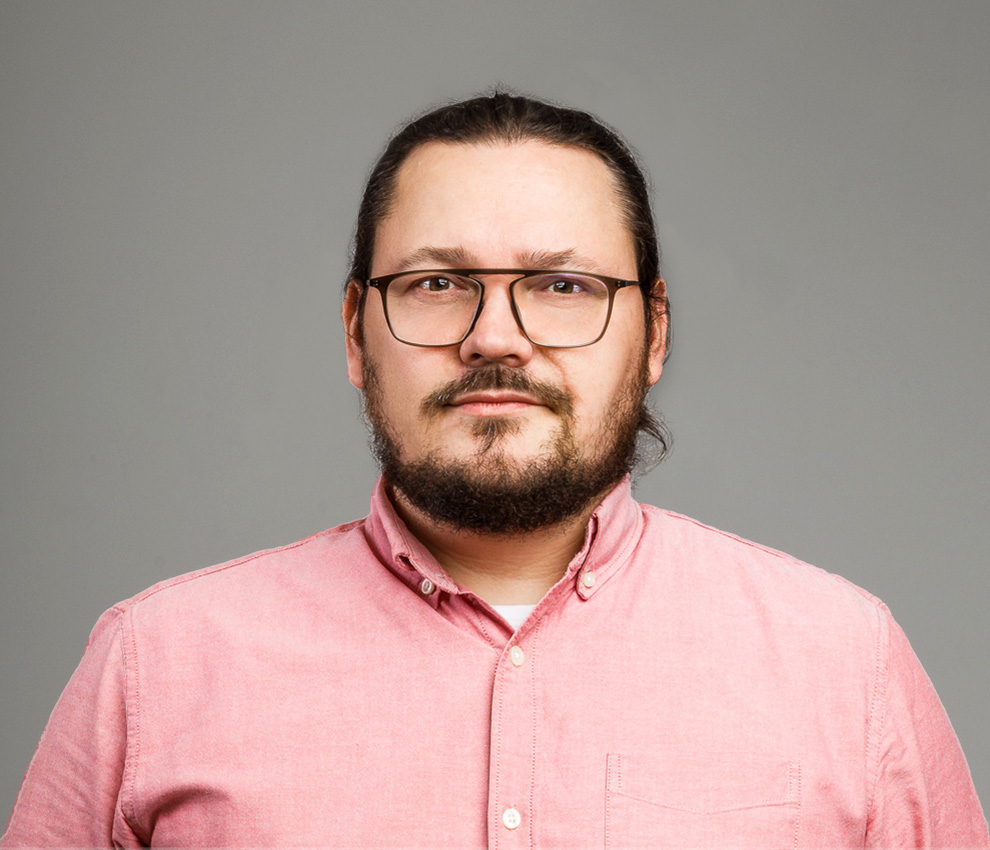
Assistant Professor of Biomedical Engineering at IBIB PAN, PL – Architect of biomedical systems / Senior programmer CUDA / C / C++ / Engineer of biocybernetics and biomedical engineering
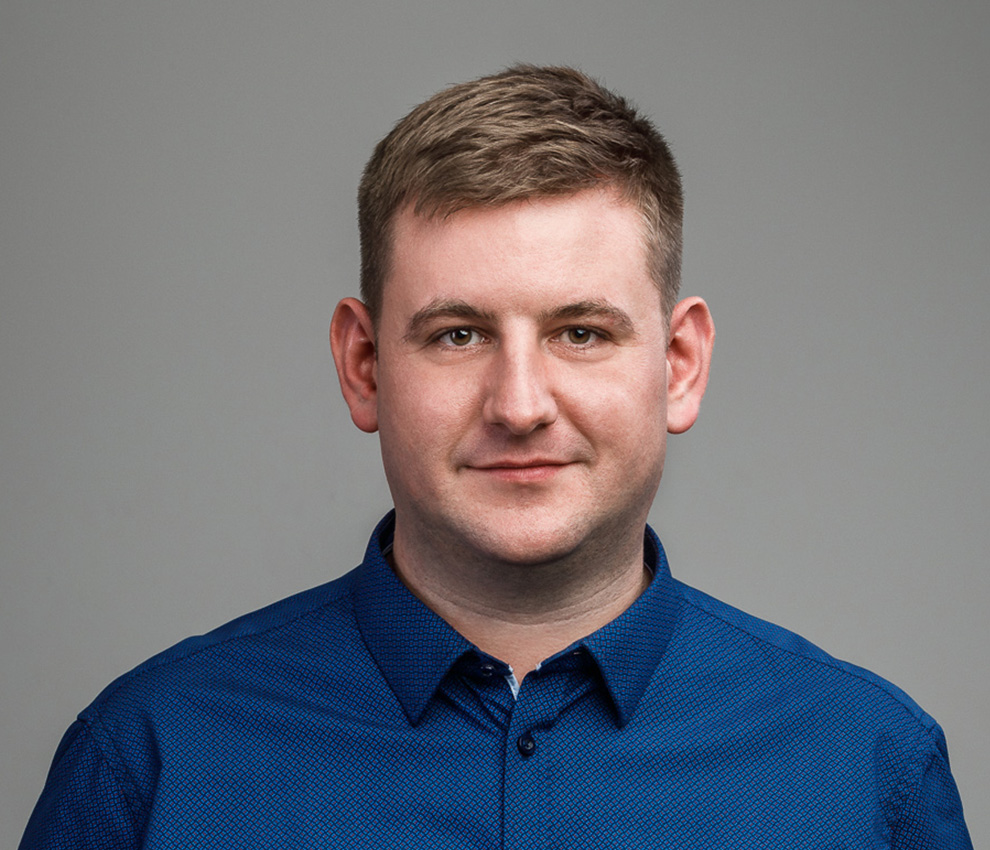
PL – Senior electronics designer / senior CAD designer / embedded developer

PL – digital device architect / senior VHDL / C / C ++ programmer


